EXPLORE TO ATACAMA DESERT
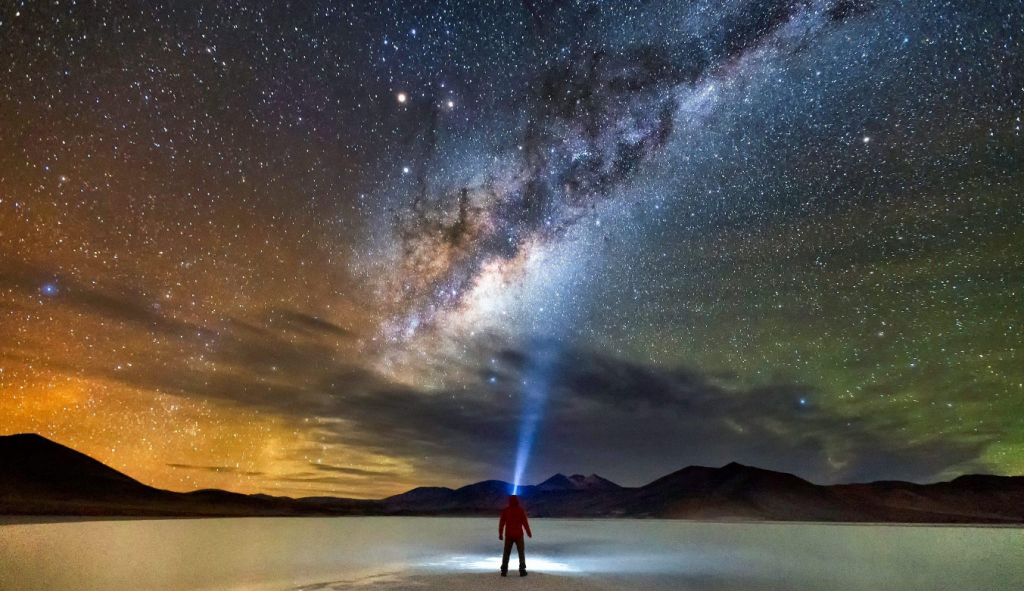
Discover the Magic of the Atacama Desert During SACVLC 2025
Are you attending SACVLC 2025 in Bolivia? Extend your adventure beyond the conference and immerse yourself in one of the most otherworldly landscapes on Earth: the Atacama Desert. Located just across the border in Chile, this desert offers a unique combination of natural beauty, scientific curiosity, and unforgettable night skies.
Stargazing in San Pedro de Atacama
San Pedro de Atacama is a world-renowned destination for astronomy lovers. Its high altitude, dry air, and minimal light pollution make it one of the best places on the planet for observing the cosmos. Whether you’re a doctoral student, researcher, or simply fascinated by the stars, this is an opportunity you shouldn’t miss.
You can join an astronomy tour in San Pedro de Atacama to explore the night sky with powerful telescopes and expert guides who will help you understand constellations, planets, and galaxies.
Why Visit the Atacama?
- Explore surreal landscapes like salt flats, geysers, and moon-like valleys.
- Experience rich indigenous culture and local cuisine.
- Engage with scientific communities and observatories.
- Disconnect from the everyday and reconnect with the universe.
Plan Your Visit
San Pedro de Atacama is easily accessible from Bolivia, especially for those traveling from Uyuni or La Paz. Make sure to plan a few extra days around the conference to take full advantage of what this stunning region has to offer.
Let SACVLC 2025 be not only an academic journey, but a cosmic one too.
We look forward to seeing you under the stars!
📡 ALMA: Atacama Large Millimeter/submillimeter Array

Located on the Chajnantor Plateau at 5,000 meters above sea level, ALMA is one of the most powerful radio observatories in the world. It consists of 66 high-precision antennas and is used to study the formation of stars, galaxies, and planets. ALMA is an international collaboration between North America, Europe, and East Asia.
🔭 Northern Chile: A Global Hub for Astronomical Research
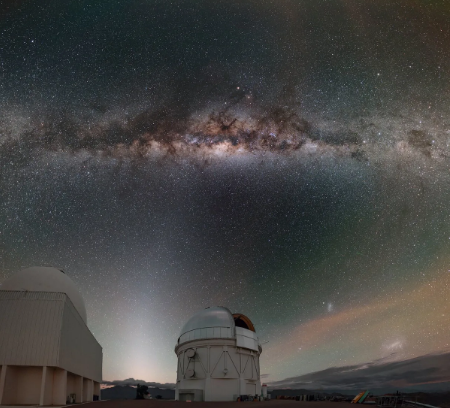
While you’re attending SACVLC 2025 in Bolivia, consider extending your journey to explore the cutting-edge astronomical research facilities just across the border in northern Chile. Thanks to its high altitude, clear skies, and dry climate, this region is home to some of the most important observatories on Earth.
🔭 Paranal Observatory
Home to the Very Large Telescope (VLT), the Paranal Observatory is operated by the European Southern Observatory (ESO). It is one of the most advanced optical observatories in the world and has contributed to numerous groundbreaking astronomical discoveries.
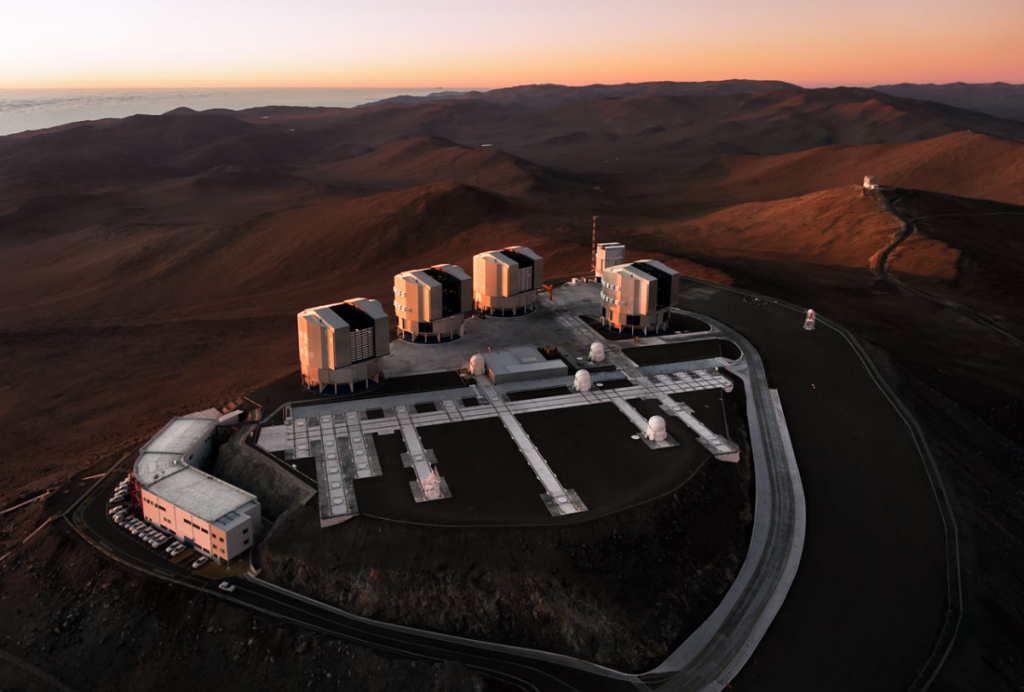
🌌 La Silla Observatory
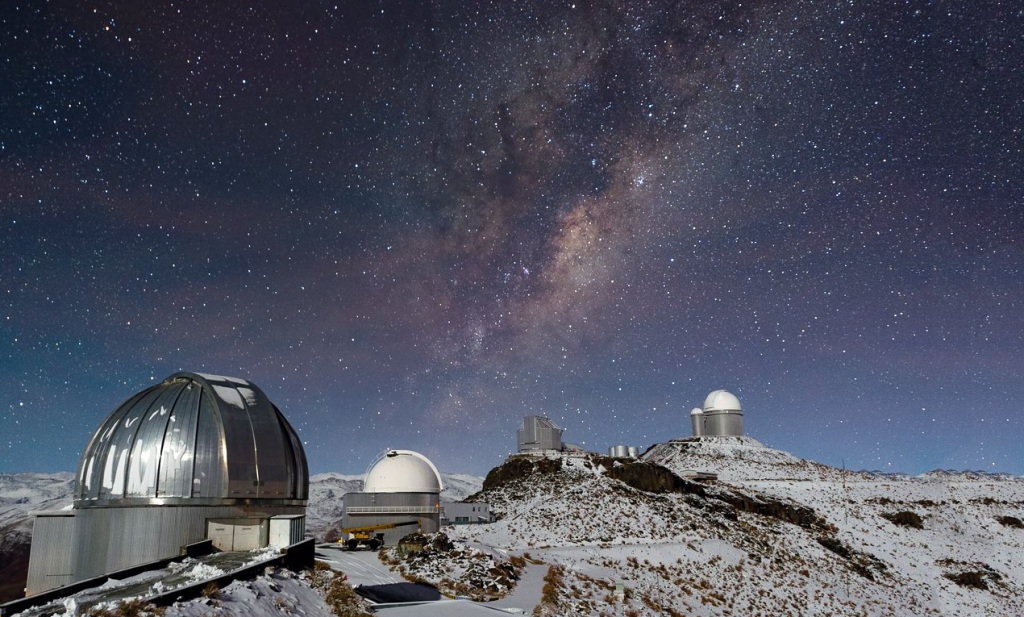
Also operated by ESO, La Silla was the organization’s first observatory in Chile. Located in the southern part of the Atacama Desert, it houses several telescopes that have been instrumental in exoplanet and stellar research.
🛰️ Upcoming: The Extremely Large Telescope (ELT)
Currently under construction on Cerro Armazones, the ELT will be the world’s largest optical/near-infrared telescope. Once completed, it will be capable of observing the universe in unprecedented detail — from exoplanets to the earliest galaxies.
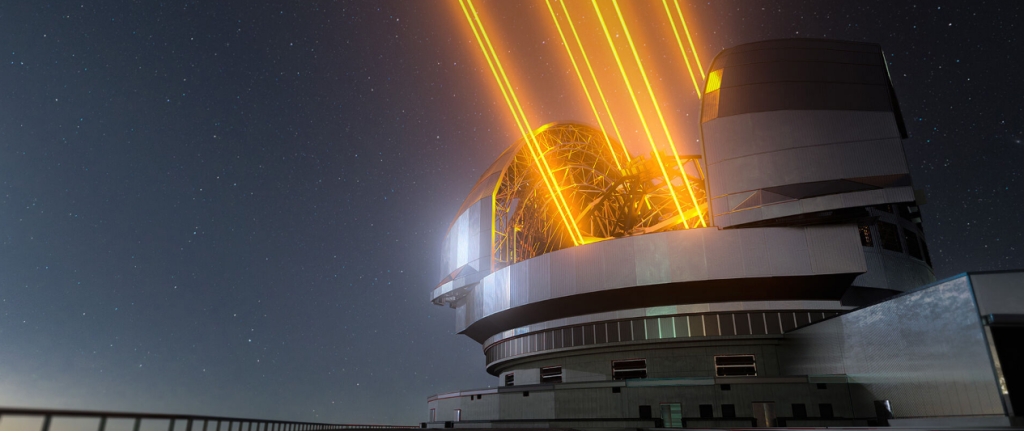
🌠 Why It Matters
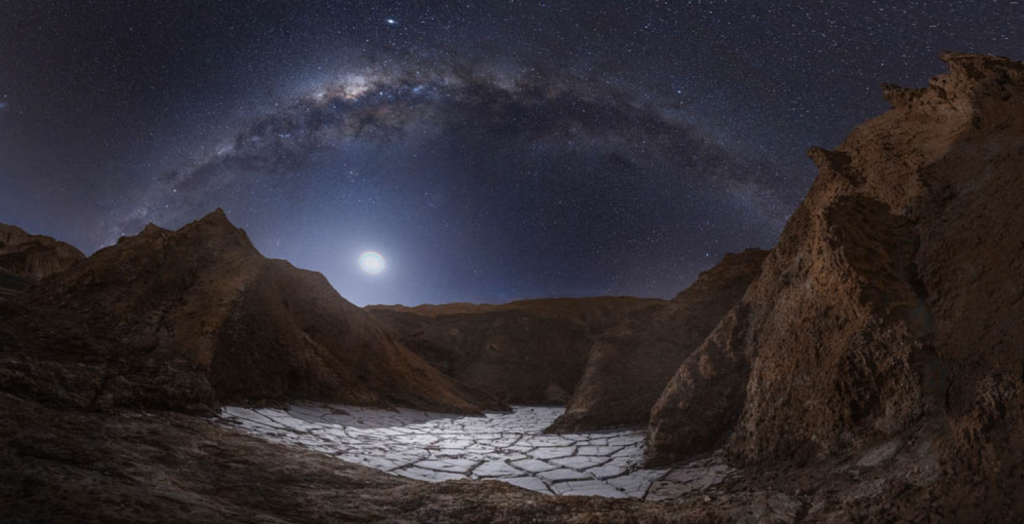
Northern Chile’s observatories are not just marvels of science and engineering — they are portals to the origins of the universe. For doctoral candidates and students interested in astrophysics, cosmology, or atmospheric science, this region offers unparalleled opportunities for learning and collaboration.
Don’t miss the chance to connect your SACVLC 2025 experience with a visit to the stars.
